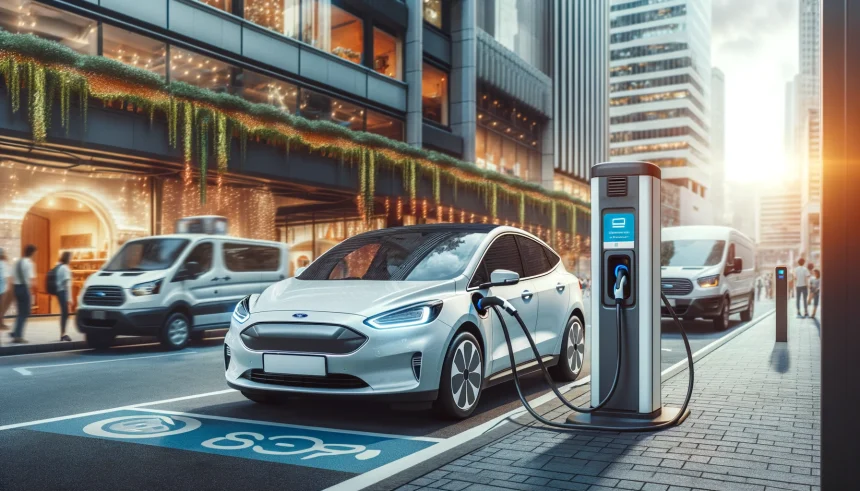Electric vehicle sales in the United States reached a record high in the third quarter, capturing 10.5% of the automotive market. While Tesla continued to outperform its rivals, buoyed by strong consumer interest in models like the Model Y and Model 3, the highly anticipated Cybertruck did not meet early projections. The Cybertruck, despite significant pre-launch hype and substantial reservation numbers, ended the quarter as the second-best-selling electric pickup, falling behind the Ford F-150 Lightning.
Reports from earlier quarters suggested that Tesla would maintain leadership amid increased competition, but few expected the Cybertruck to miss the top ten best-selling EVs. The expiration of the $7,500 EV tax credit appeared to accelerate purchases industry-wide, temporarily boosting overall sales figures. However, pricing and shifting consumer priorities appeared to affect Cybertruck’s performance, a trend not fully anticipated in prior analyses. As more brands like Chevrolet and Honda made significant progress, the competitive landscape for electric SUVs and pickups became noticeably more dynamic than previous quarters suggested.
What Factors Supported Tesla’s Strong Q3 Sales?
Tesla’s established presence and range of offerings played a major part in its Q3 results. The Model Y led the market with 114,897 units sold, followed by the Model 3 at 53,857 units. Other automakers, including Chevrolet with the Equinox EV and Honda with its Prologue, delivered competitive sales that introduced increased diversity to the top selling list of electric vehicles. The expiration of the federal tax credit notably encouraged a spike in EV purchases, benefiting not just Tesla, but also its competitors.
Why Did Cybertruck Underperform Expectations?
Despite previously reported reservation numbers in the millions, the Tesla Cybertruck only managed 5,385 units sold in Q3, placing it behind the Ford F-150 Lightning, which sold 10,005 units. Industry analysts point to the revised pricing structure as a possible barrier, with initial promises of models starting at $39,990 having shifted to substantially higher prices. Tesla’s early hopes for dominant market share in the electric truck segment have not materialized in the immediate term.
“While initial demand appeared strong, delivery performance revealed a gap between anticipation and actual sales,” said a Tesla spokesperson.
How Are Other OEMs Responding to the Competitive EV Market?
Chevrolet, Ford, Honda, and others are stepping up efforts as the market for electric vehicles grows more robust. Both Ford and Chevrolet placed two models each in the top 10, reflecting shifting consumer preferences and increasingly sophisticated product lines. The Ford Mustang Mach-E and F-150 Lightning, alongside the Chevrolet Equinox EV, demonstrated notable traction in this growing market. Competition is intensifying not only in the SUV sector but is especially active in the electric pickup truck arena.
Tesla emphasized its capacity to adapt to market changes, particularly after the loss of the federal EV tax credit that more broadly impacted the industry.
“We are confident in our long-term strategy and ability to meet changing consumer demands,” a Tesla representative explained.
The entry of new models and established brands has diversified choices for consumers, making it increasingly difficult for any single product, including the Cybertruck, to dominate based on branding alone.
Even as Tesla retains a commanding share in the U.S. electric vehicle sector, the declining dominance of singular models like the Cybertruck points to a maturing and competitive market. For consumers, comparing options like the Model Y, Model 3, Chevrolet Equinox EV, and Ford F-150 Lightning against factors such as range, pricing, and incentives becomes more important. Companies must weigh consumer expectations against rising production costs and changing government incentives. Observers should continue monitoring how legacy automakers and newer entrants adjust their strategies, especially as policy changes and vehicle affordability play increasing roles in shaping sales outcomes.










